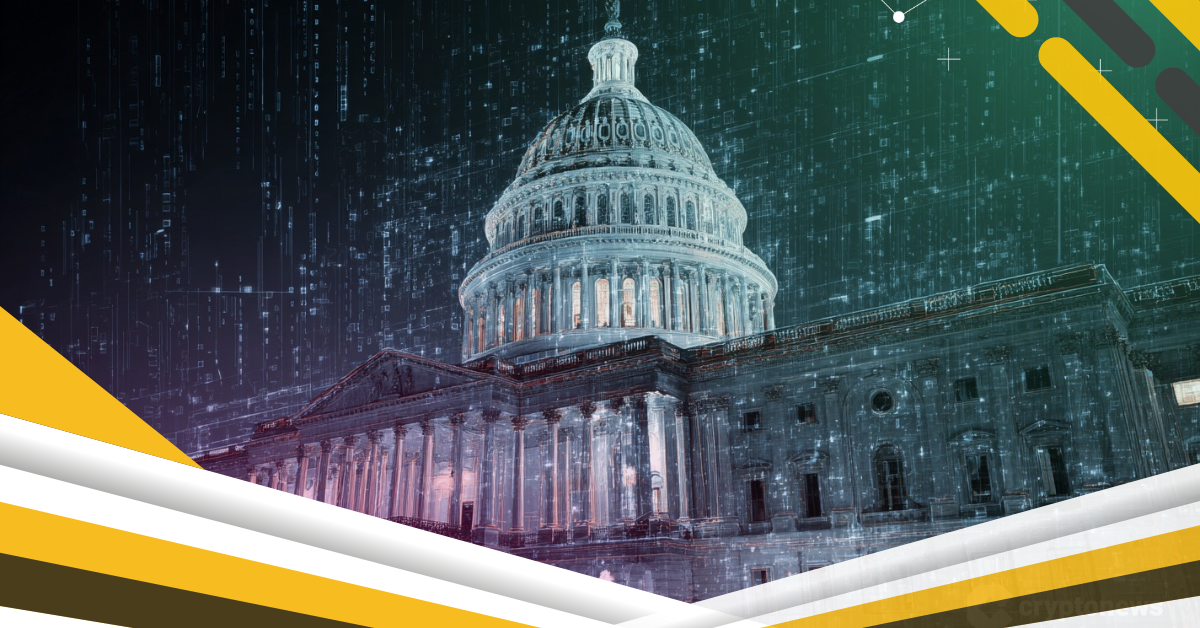Crypto Market Structure Legislation: Still Achievable?

The pursuit of clear and comprehensive regulatory frameworks for the burgeoning digital asset space continues to be a central theme in global financial discussions. In the United States, efforts to establish a robust crypto market structure have been ongoing, with various legislative proposals under consideration. Despite the inherent complexities and shifting political timelines, the sentiment among key industry leaders remains optimistic, as highlighted by the Blockchain Association CEO, Summer Mersinger, who recently affirmed that crypto market structure legislation remains an “achievable goal.”
Blockchain Association CEO Highlights Continued Progress
Summer Mersinger, CEO of the Blockchain Association, has consistently voiced her perspective on the critical need for well-defined regulations in the crypto industry. In recent remarks, she emphasized that while legislative deadlines can shift, the objective of establishing a workable digital asset market structure within the current Congress is still very much within reach. Mersinger, a former Commodity Futures Trading Commission (CFTC) commissioner, underscored that the focus should be on “getting it right” rather than rushing the process.
Mersinger articulated that these legislative efforts are not about favoring a single industry but rather about positioning the United States as a leader in responsible innovation. She stated that the goal is to create clear rules that safeguard consumers, support dynamic markets, and ensure that the next generation of financial infrastructure develops domestically.
Bipartisan Engagement in Crafting Crypto Legislation
The path to effective crypto market structure legislation is often paved through bipartisan collaboration, and Mersinger’s comments reflect this ongoing engagement. She expressed encouragement regarding the continued bipartisan discussions and anticipated the review of new draft language as senators refine their proposals.
Indeed, U.S. lawmakers have been actively working to advance crypto market structure legislation. Reports indicate a concerted effort, particularly between figures such as Senate Agriculture Committee Chair John Boozman (R-AR) and Senator Cory Booker (D-NJ), who have been collaborating daily to finalize a bill. Senator Boozman has reportedly expressed confidence in getting the legislation passed within the year.
Industry Leaders Convene with Lawmakers
The legislative push is further supported by direct engagement between the digital asset industry and policymakers. In a notable development, top crypto executives recently convened on Capitol Hill for a policy roundtable dedicated to discussing crypto legislation. This significant event was spearheaded by Senator Kirsten Gillibrand (D-NY) and included a diverse group of prominent figures from the digital asset space.
Attendees at the roundtable represented various facets of the crypto ecosystem, including Galaxy CEO Mike Novogratz, Chainlink CEO Sergey Nazarov, Kraken CEO David Ripley, and Solana Policy Institute President Kristin Smith, among others. Such gatherings are crucial for fostering a deeper understanding between innovators and regulators, helping to inform the legislative process with practical insights and industry perspectives.
Navigating Legislative Hurdles and Future Outlook
While the sentiment for passing crypto market structure legislation remains positive, the legislative process in the U.S. Congress is inherently complex and can face various hurdles. Factors such as competing legislative priorities and the need for consensus across different political factions can influence the timeline for passage.
Despite these challenges, the consistent bipartisan engagement and the direct input from industry leaders suggest a strong momentum towards establishing a clearer regulatory environment for digital assets. The emphasis on “getting it right” underscores a commitment to thoughtful, well-considered legislation that can foster innovation while providing necessary protections for investors and stability for markets.
Conclusion
The journey towards comprehensive crypto market structure legislation in the United States is marked by persistent effort and a shared vision for responsible innovation. Summer Mersinger’s affirmation that such legislation remains an “achievable goal” reflects a pragmatic optimism within the industry, grounded in ongoing bipartisan discussions and active collaboration between lawmakers and digital asset leaders. As conversations continue and new drafts emerge, the prospect of establishing a clear and effective regulatory framework for the crypto market appears to be a tangible objective for the current Congress.












